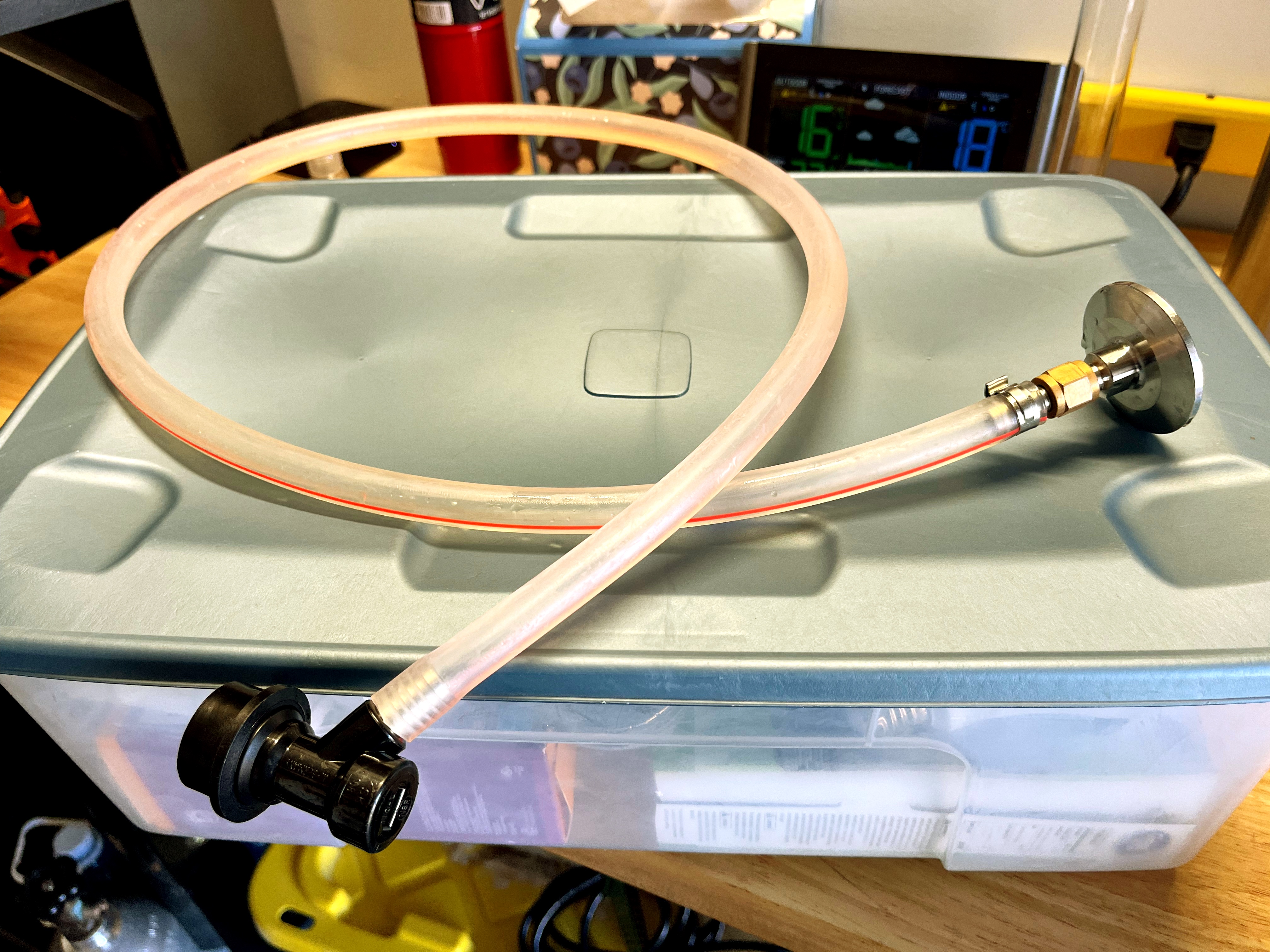I’m currently fermenting a batch of kolsch that I used WLP003 instead of my usual yeast. As predicted this yeast has produced a fair amount of sulphur smell. I know that it will dissipate with conditioning but I need to serve this beer about a week after carbonation. I have read that copper will remove sulphur, so here’s my plan:
I pressure transfer from the fermenter to the keg using this hose. If I sanitize a length of unsheathed copper electric wire and insert it in the hose, will that provide enough exposure to the copper to effectively remove the sulphur?

I pressure transfer from the fermenter to the keg using this hose. If I sanitize a length of unsheathed copper electric wire and insert it in the hose, will that provide enough exposure to the copper to effectively remove the sulphur?

Last edited:


